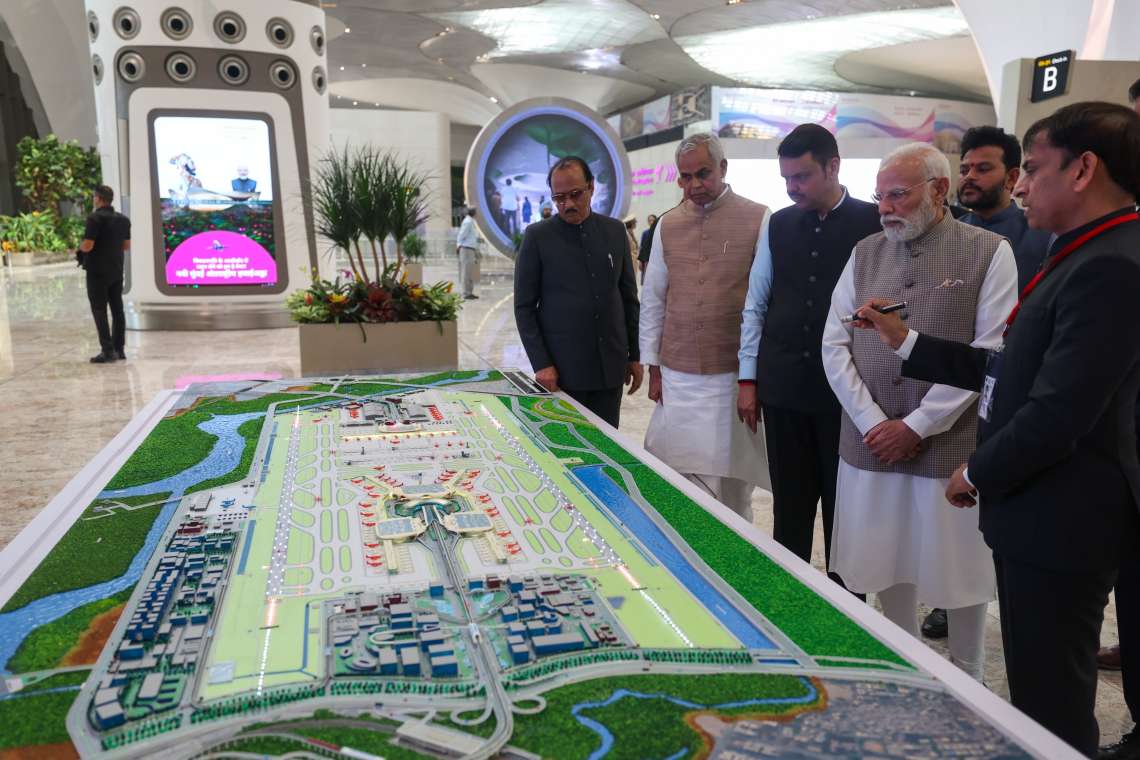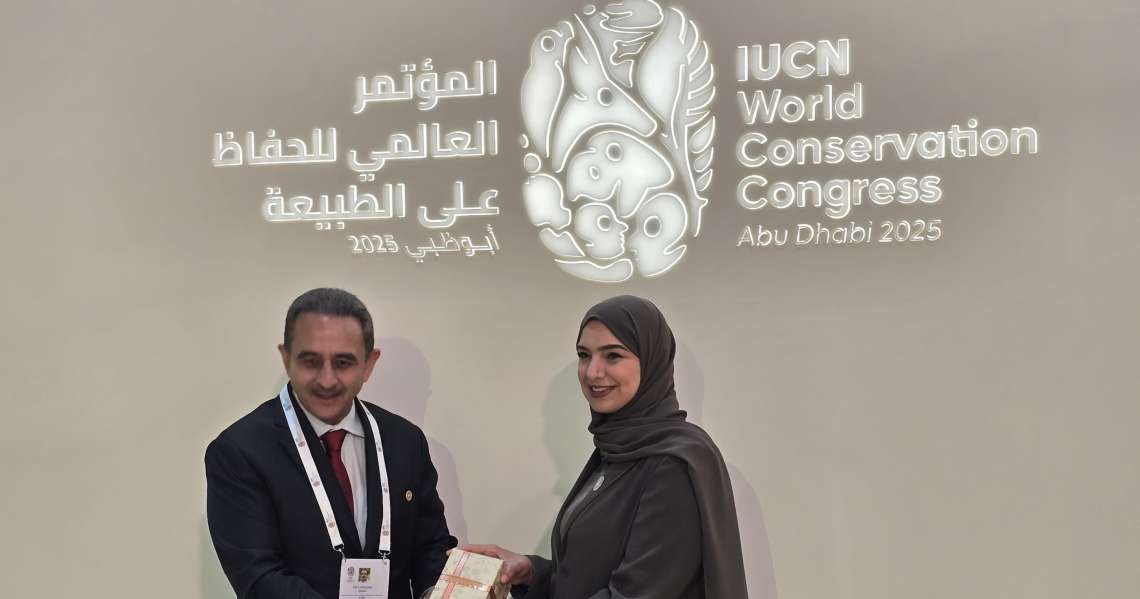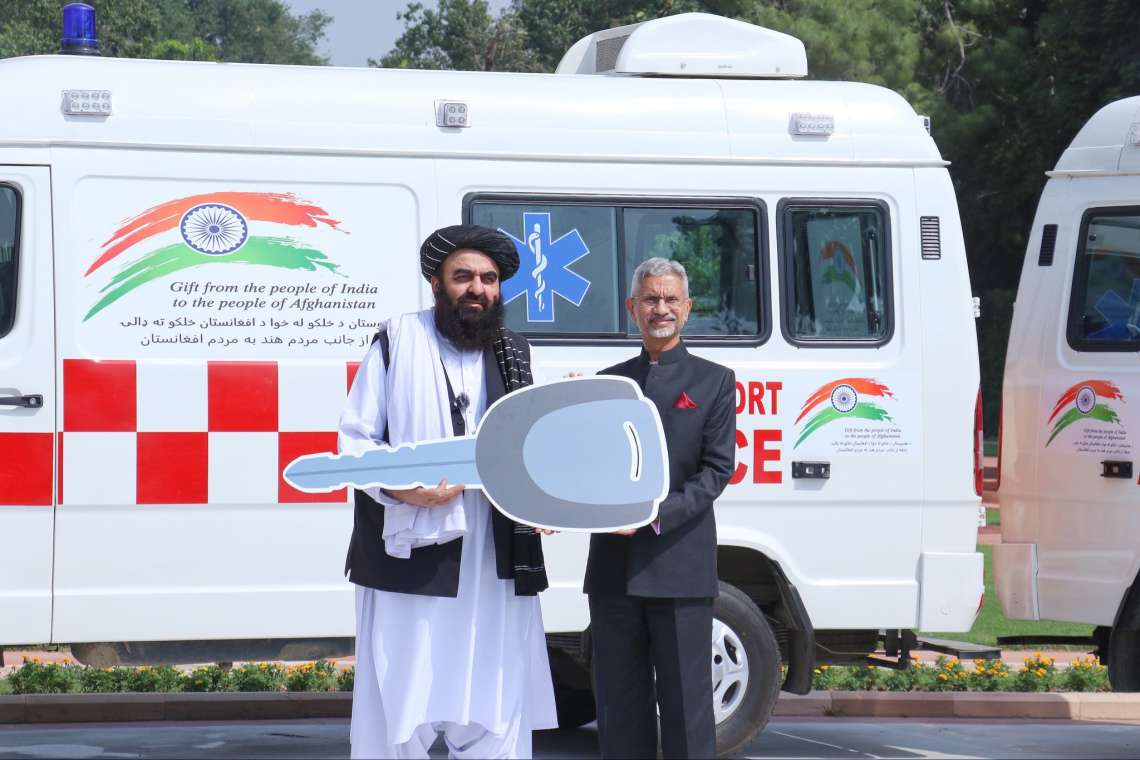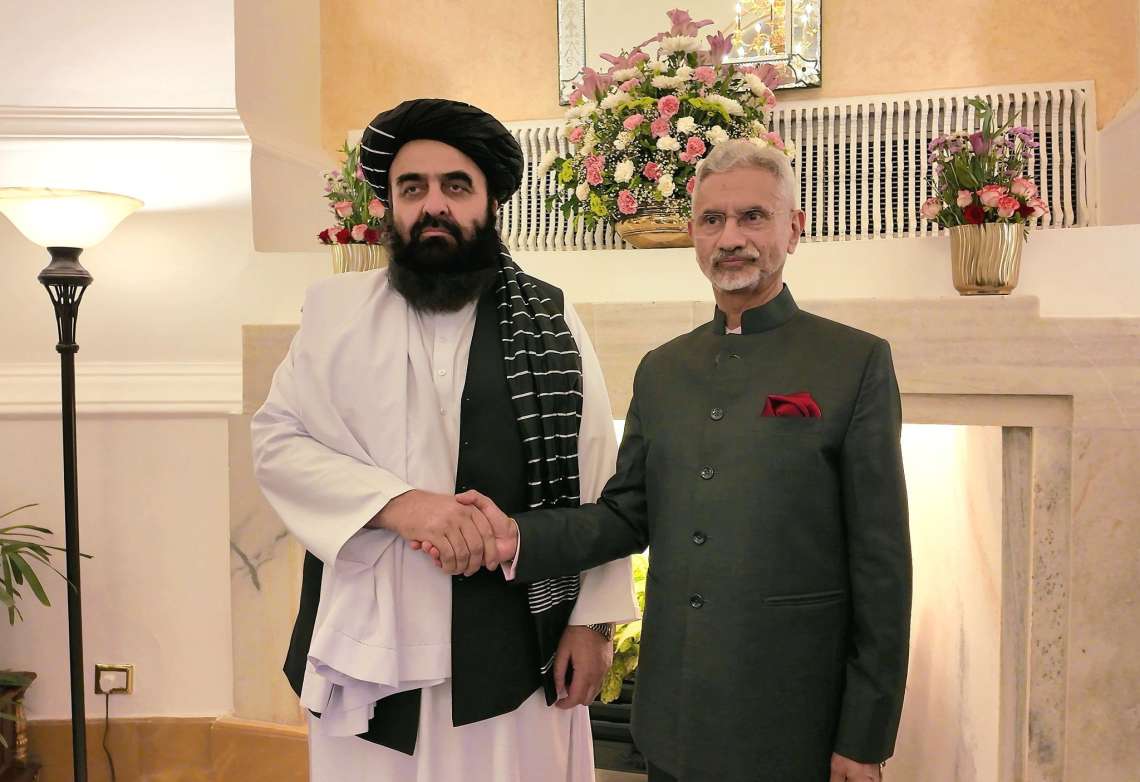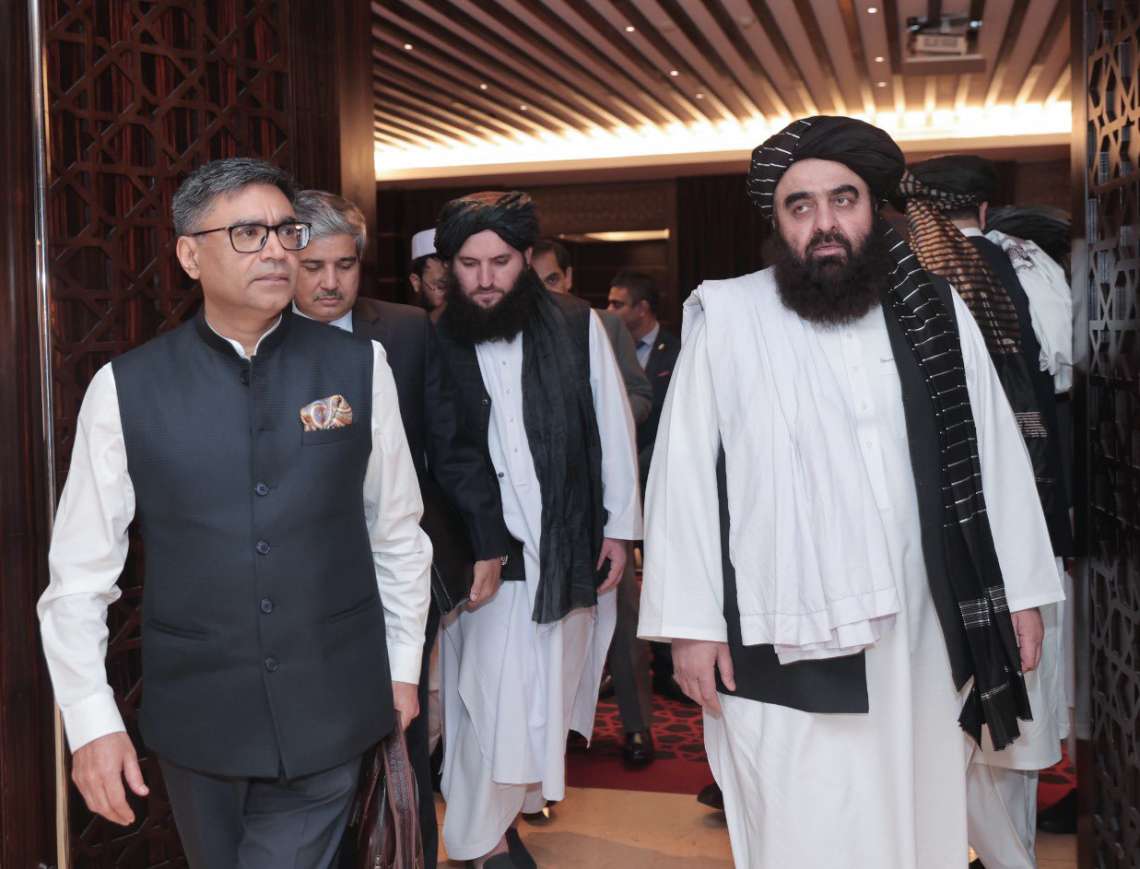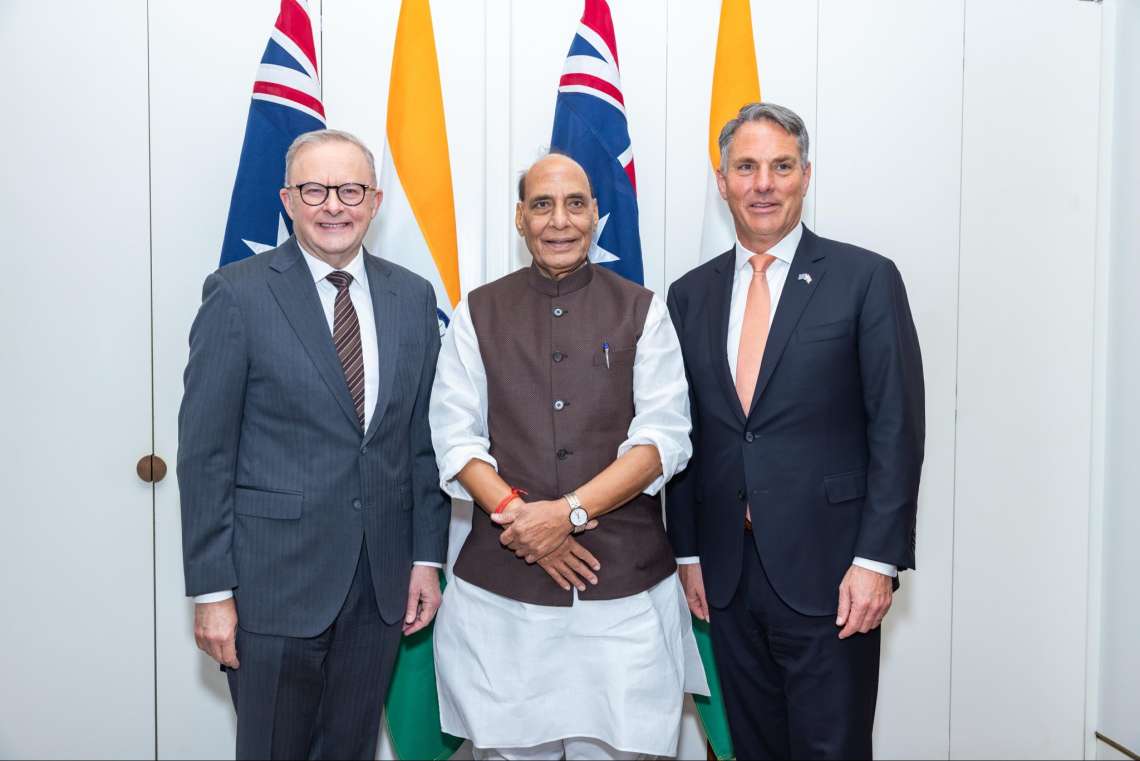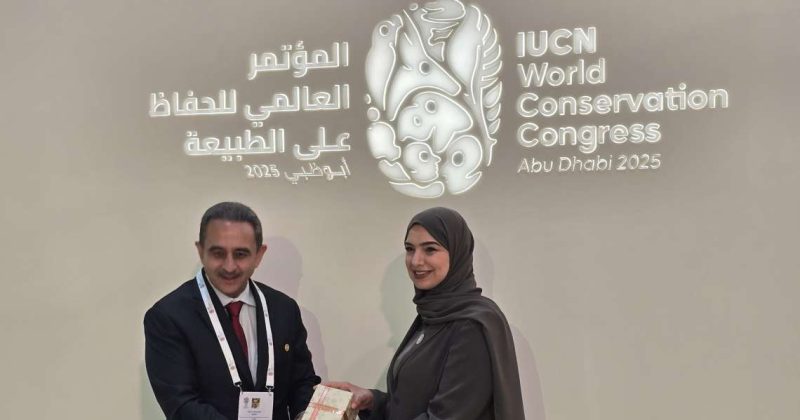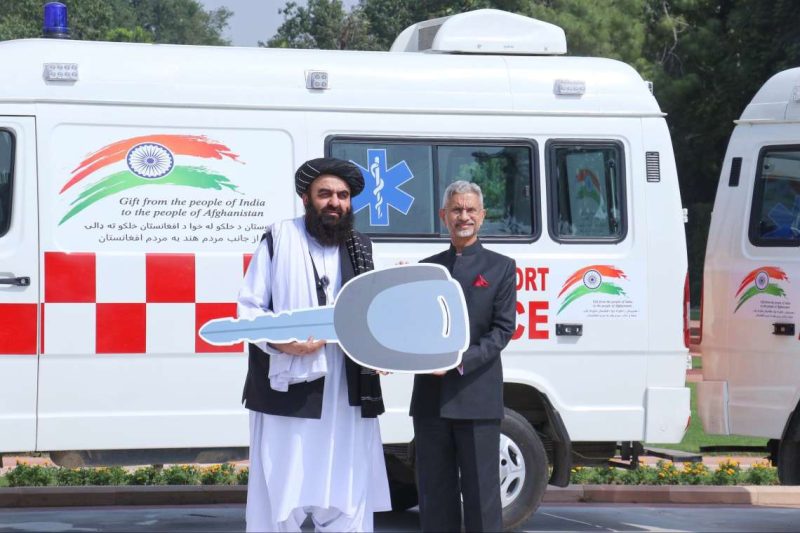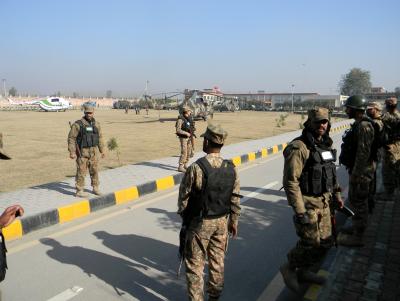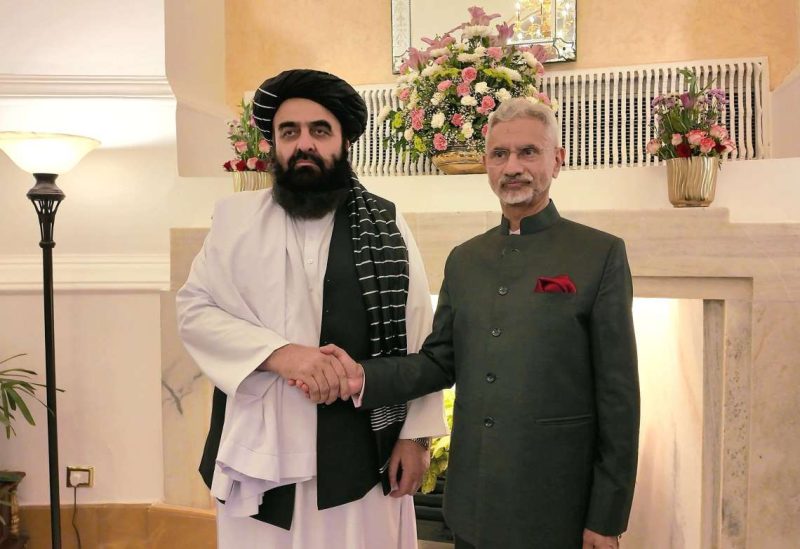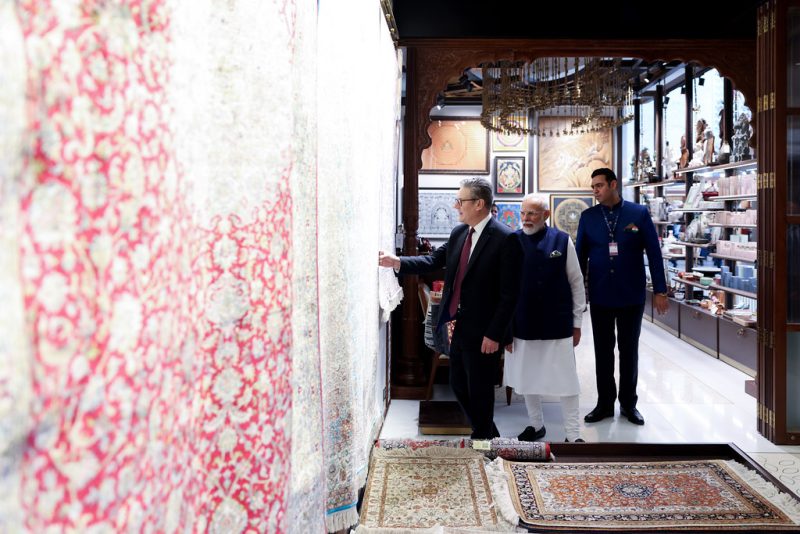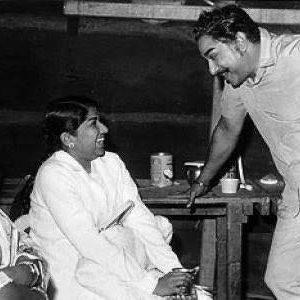India’s newest aviation marvel takes flight as Modi inaugurates Navi Mumbai International Airport, a lotus-inspired symbol of growth, connectivity and national pride….reports Asian Lite News
Prime Minister Narendra Modi inaugurated the Navi Mumbai International Airport (NMIA), hailing it as one of India’s most ambitious infrastructure achievements and a defining moment in the nation’s aviation journey. The new airport, located across the harbour from Mumbai, marks the city’s long-awaited step toward becoming a dual-airport hub, significantly expanding its global connectivity and trade potential.
Addressing the gathering after the inauguration, Modi said Mumbai’s wait was finally over. “The Navi Mumbai International Airport is a project that exemplifies the vision of a developed India,” he declared. “Built on the land of Chhatrapati Shivaji Maharaj, its design — shaped like a lotus — reflects our culture, prosperity and forward-looking spirit.”
The Prime Minister highlighted that NMIA would play a transformative role in the region’s economy, particularly for Maharashtra’s farmers and small industries. “This airport will connect the state’s farmers directly with the international supply chain. Their produce — fruits, flowers, vegetables and fisheries — will reach supermarkets in Europe and the Middle East faster than ever before. It will reduce logistical costs for local industries, attract new investments and generate fresh opportunities for entrepreneurship,” he said.
Before his address, Modi toured the airport’s terminals and viewed the master plan, accompanied by Maharashtra Governor Acharya Devvrat, Chief Minister Devendra Fadnavis, Deputy Chief Ministers Ajit Pawar and Eknath Shinde, Civil Aviation Minister Ram Mohan Naidu Kinjarapu, Union Minister of State Murlidhar Mohol and Adani Airports Director Jeet Adani. The Prime Minister was also briefed on the airport’s technology, sustainability features and passenger-centric design.
Developed as a major public-private partnership (PPP), NMIA is a joint project between Mumbai International Airport Limited (MIAL), a subsidiary of Adani Airport Holdings Limited (AAHL), and the City and Industrial Development Corporation (CIDCO). The project is being seen as a vital step in India’s broader “Viksit Bharat 2047” agenda — a long-term vision to establish the country as a global economic powerhouse through world-class infrastructure.
Gautam Adani, Chairman of the Adani Group, described the airport as a defining creation in India’s rise among leading economies. “In an era where India ascends among the world’s largest economies, we have built more than an airport — we have architected Bharat as one of the world’s most indispensable crossroads,” he said. “This is infrastructure that serves today’s demand while unlocking tomorrow’s exponential possibilities. Every flight through these terminals will carry not just passengers, but the pulse of a nation reclaiming its place at the centre of global progress.”
Navi Mumbai International Airport has been envisioned as part of a dual-airport system for the Mumbai Metropolitan Region (MMR), designed to complement the existing Chhatrapati Shivaji Maharaj International Airport (CSMIA). With an initial capacity to handle 20 million passengers annually, the airport will expand to manage up to 90 million passengers per annum, ranking it among the largest in India.
Jeet Adani, Director of Adani Airport Holdings Ltd, said the airport represents a landmark in India’s aviation story. “NMIA unites cutting-edge technology, sustainability and a passenger-first experience. By complementing CSMIA, it strengthens Mumbai’s role as a global aviation hub and sets the standard for future-ready airports nationwide,” he said.
Designed as a multimodal hub, NMIA will be seamlessly integrated with the Mumbai Trans Harbour Link, the Navi Mumbai and Mumbai Metro networks, suburban railway lines, and planned waterways. This extensive connectivity is expected to cut travel time, enhance cargo efficiency, and stimulate trade across western India’s industrial and agricultural hinterland.
Architecturally, the airport draws inspiration from the lotus, India’s national flower — blending traditional motifs with contemporary design and environmental responsibility. Sustainability features include solar energy use, efficient waste management and eco-friendly construction materials. In its first phase, the airport will operate with one runway and terminal capable of handling 20 million passengers annually. Over time, it will expand to four runways, multiple terminals and a dedicated cargo complex, including facilities for perishables and express shipments to boost India’s export competitiveness.
The inauguration ceremony also carried a political note, with Modi criticising the Congress-led UPA government for its handling of the 2008 Mumbai terror attacks. Without naming him directly, the Prime Minister referred to former Home Minister P Chidambaram’s recent remarks that India refrained from retaliating against Pakistan at the time due to international pressure. “Who decided to stop our forces from acting? The country has the right to know,” Modi said. “The Congress government sent a message of weakness, while today’s India responds decisively to any threat. National security remains our top priority.”
As India marches toward its 2047 development vision, NMIA stands as both a literal and symbolic gateway — to global trade, to economic opportunity, and to a future defined by ambition and innovation. The airport not only expands Mumbai’s skies but also embodies a nation’s aspiration to lead on the world stage.


